Base de données des minéraux luminescents
LEUCOPHANITE
Formule chimique: (Ca,RRE)CaNa2Be2Si4O12(F,O)2
Famille: Silicates
Statut: IMA-GP
Système cristallin : Orthorhombique
Minéral de vitrine: NON
Luminescence:
Couleurs UV longs (365nm): |
Rose violacé , Bleu , Violet rosé , | ||
Intensité OL:Forte | |||
Couleurs UV moyens (320nm): |
Rose violacé , Violet rosé , | ||
Intensité OM:Très forte | |||
Couleurs UV courts (254nm): |
Rose , Bleu , Violet rosé , | ||
Intensité OC:Forte | |||
Photo en lumière du jour
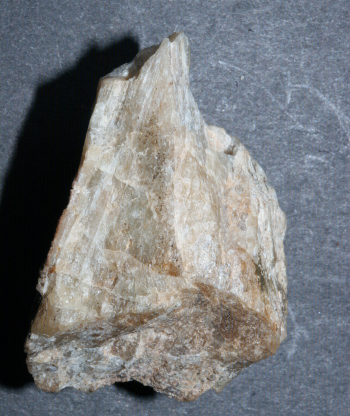
LEUCOPHANITE, Saga, Tvedalen, Norway;
Col. G.Barmarin; Photo: G. Barmarin
Photo Ondes longues (365nm)

LEUCOPHANITE, Saga, Tvedalen, Norway;
UVLW
Col. G.Barmarin; Photo: G. Barmarin
Photo Ondes Courtes (254nm)
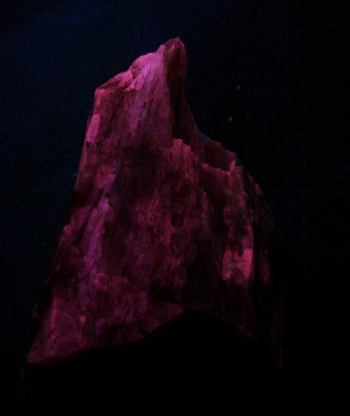
LEUCOPHANITE, Saga, Tvedalen, Norway;
UVSW
Col. G.Barmarin; Photo: G. Barmarin
Galerie de photos:

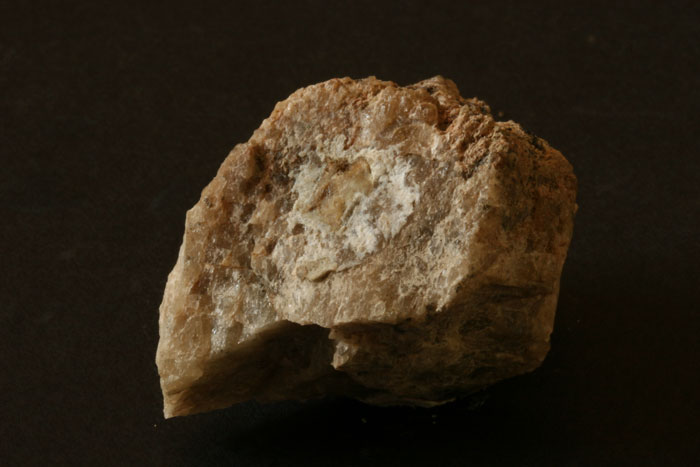
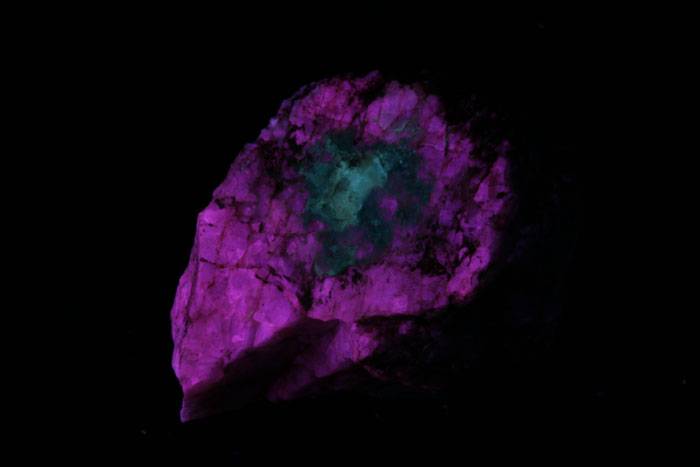
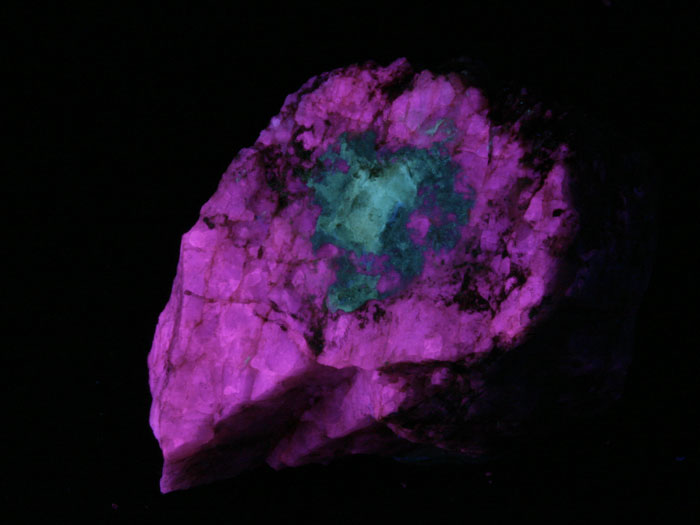 ...
...  Accès à la galerie complète (7 images au total)
Accès à la galerie complète (7 images au total)
Vous avez une photo de ce minéral que vous voudriez voir figurer dans la galerie? Contactez-nous!
Phosphorescence (au sens commun du terme) observable à l'oeil nu:
Type d'UV |
Couleur |
Intensité |
Fréquence d'observation |
|---|---|---|---|
UV longs (365nm): | Bleuâtre | UV courts (254 nm): | Bleuâtre |
Triboluminescence: OUI
Thermoluminescence: OUI
Commentaires:
A comparer avec la meliphanite.
Activateur(s) et spectre(s):
Activateur(s): Ce3+, Eu2+, Sm3+, Dy3+, Tb3+, Mn2+ , Nd3+,
Pics dans le spectre (nm):
Ce3+ repl. Ca2+ : 375, 411, 450nm
Eu2+ : 466-470nm
Tb3+ : 546nm
Sm3+: 607nm
Dy3+: 475, 488, 576nm
Nd3+: 885, 1060nm
Mn2+: 610nm
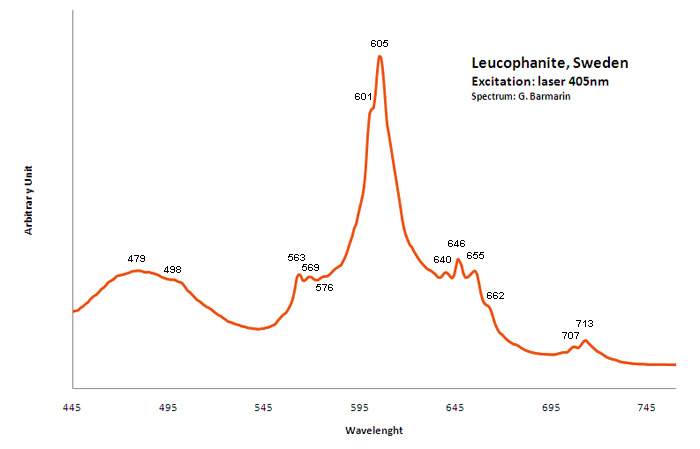
Spectrum: Michael Gaft, Petah Tikva, Israel. Plot: Institute of Mineralogy, University of Vienna, Austria, with permission of the authors.
Galerie de spectres:

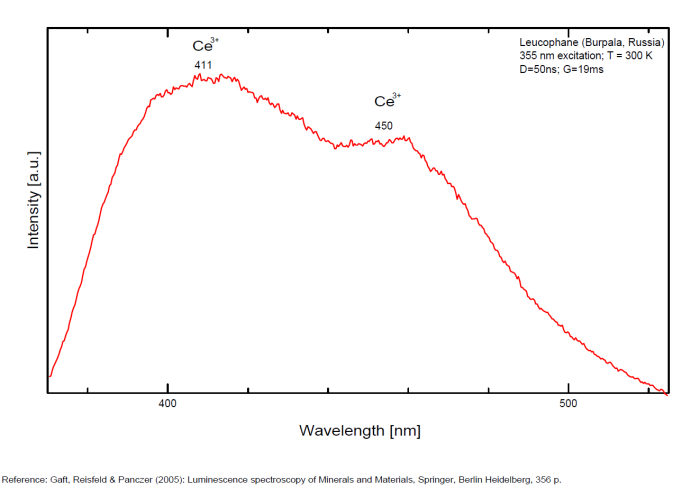 ...
...  Accès à la galerie complète (2 images au total)
Accès à la galerie complète (2 images au total)
Commentaires sur les spectres et les activateurs (*):
Activators: a combinaison of RE elements - for exemple Ce3+ substituting to Ca (blue luminescence) and Mn (red luminescence) giving the magenta color (an orange flash typical of Mn(?) is seen on some samples). Cathodoluminescence: intense light-blue. The application of multiple forms of excitation (Friis et al. 2011) revealed that the UV-Blue emission in leucophanite and meliphanite consists of more than one emission center and is therefore more complex than previously thought. The most likely centers are defects related to the structure, e.g. in connection with the tetrahedral sites, and a Ce3+ centre. The difference in Na/Ca ratio between the two minerals make it possible for REE to substitute into two sites in meliphanite contrary, to just one in leucophanite. (Gaft)
Activators: Ce 3+, Eu 2+, Sm 3+, Dy 3+, Tb 3+, Nd 3+, Mn2+ substituting to Ca2+ (Gorobets in Gaft);
(*)Les commentaires sur les spectres sont uniquement rédigés en Anglais
Meilleure(s) localité(s) pour la fluorescence (*):
- Poudrette quarry, Mont Saint-Hilaire, La Vallée-du-Richelieu RCM, Montérégie, Québec, Canada (strong fluo SW);
- Bjorndalen Quarry, Sagasen Quarry and Saga I Quarry, Morge, Strandasen, Porsgrunn, east side of Langesundfjord, Larvik Plutonic Complex, Norway (strong fluo MW);
- Saga 1 Quarry, Sagåsen, Mørje, Porsgrunn, Telemark, Norway (strong fluo MW);
- Ilimaussaq complex, Nakalaq, Narsaq, Kitaa (West Greenland) Province, Greenland;
- Leucophanite occurrence, Kangerluarsuk Fjord, Ilímaussaq complex, Narsaq, Kujalleq, Greenland;
- Rasvumchorr Mt, Khibiny Massif, Kola Peninsula, Murmanskaja Oblast, Northern Region, Russia
(*)Les données ne sont pas exhaustives et sont limitées à quelques localités remarquables pour la fluorescence
Référence bibliographique pour la luminescence:
- The Henkel Glossary of Fluorescent Minerals, Dr. Gerhard Henkel, Published by the FMS, 1989 ,
- Fluorescence: Gems and Minerals Under Ultraviolet Light, Manuel Robbins, 1994, Geoscience Press, ISBN 0-945005-13-X ,
- The World of Fluorescent Minerals, Stuart Schneider, Schiffer Publishing, 2006, ISBN 0-7643-2544-2 ,
- Luminescence Spectroscopy of Minerals and Materials, M. Gaft, R. Reisfeld, G. Panczer, Springer Editor, ISBN: 10 3-540-21918-8 ,
- Luminescent Spectra of Minerals, Boris S. Gorobets and Alexandre A. Rogojine, Moscow, 2002 ,
- Mt St Hilaire Website: http://www.saint-hilaire.ca ,
- Handbook of Fluorescent Gems and Minerals, a practical guide for the gem and mineral collector, Jack de Ment, 1949 ,
Référence pour la luminescence sur internet:
- Langesundsfjord - Wilfred Steffens
- The Langesundsfjord: history, geology, pegmatites, minerals, Alf Olav Larsen, Bode Verlag Gmbh, 2010 ISBN 978-3-925094-97-2
- Ionoluminescence of Leucophanite, Henrik Friis, Adrian A. Finch, Peter D. Townsend, David E. Hole and Hassane El Mkami, American Mineralogist, February-March 2007 v. 92 no. 2-3 p. 254-260
Images:
- Langesundsfjorden, Norway (MW): http://www.mindat.org/photo-100780.html
Référence minéralogique sur internet:
 http://www.mindat.org/show.php?name=Leucophanite
http://www.mindat.org/show.php?name=Leucophanite
 http://webmineral.com/data/Leucophanite.shtml
http://webmineral.com/data/Leucophanite.shtml
Recherche sur Internet:
 Recherche d'images sur 'Google Image'
Recherche d'images sur 'Google Image'
 Recherche de documents en français sur Google
Recherche de documents en français sur Google
 Recherche de documents en toutes
langues sur Google
Recherche de documents en toutes
langues sur Google
Une requête ne donnant pas de résultat signifie uniquement qu'aucune référence de ce type n'existe dans la base mais en aucun cas qu'elle n'existe pas dans l'absolu. Si vous considérez avoir trouvé une erreur ou une omission, merci de nous le signaler via la page contact en n'oubliant pas de citer la source de l'information.
